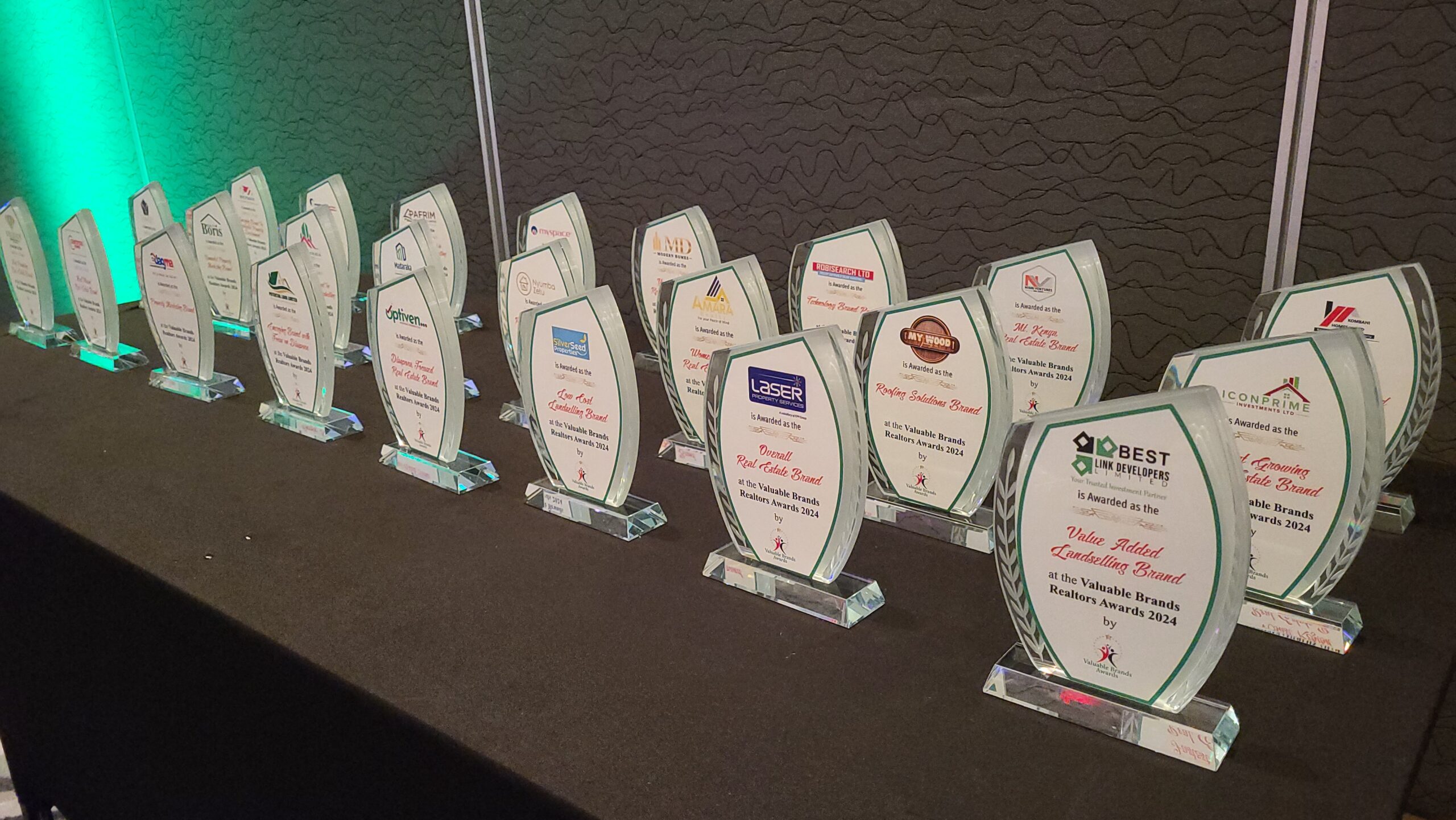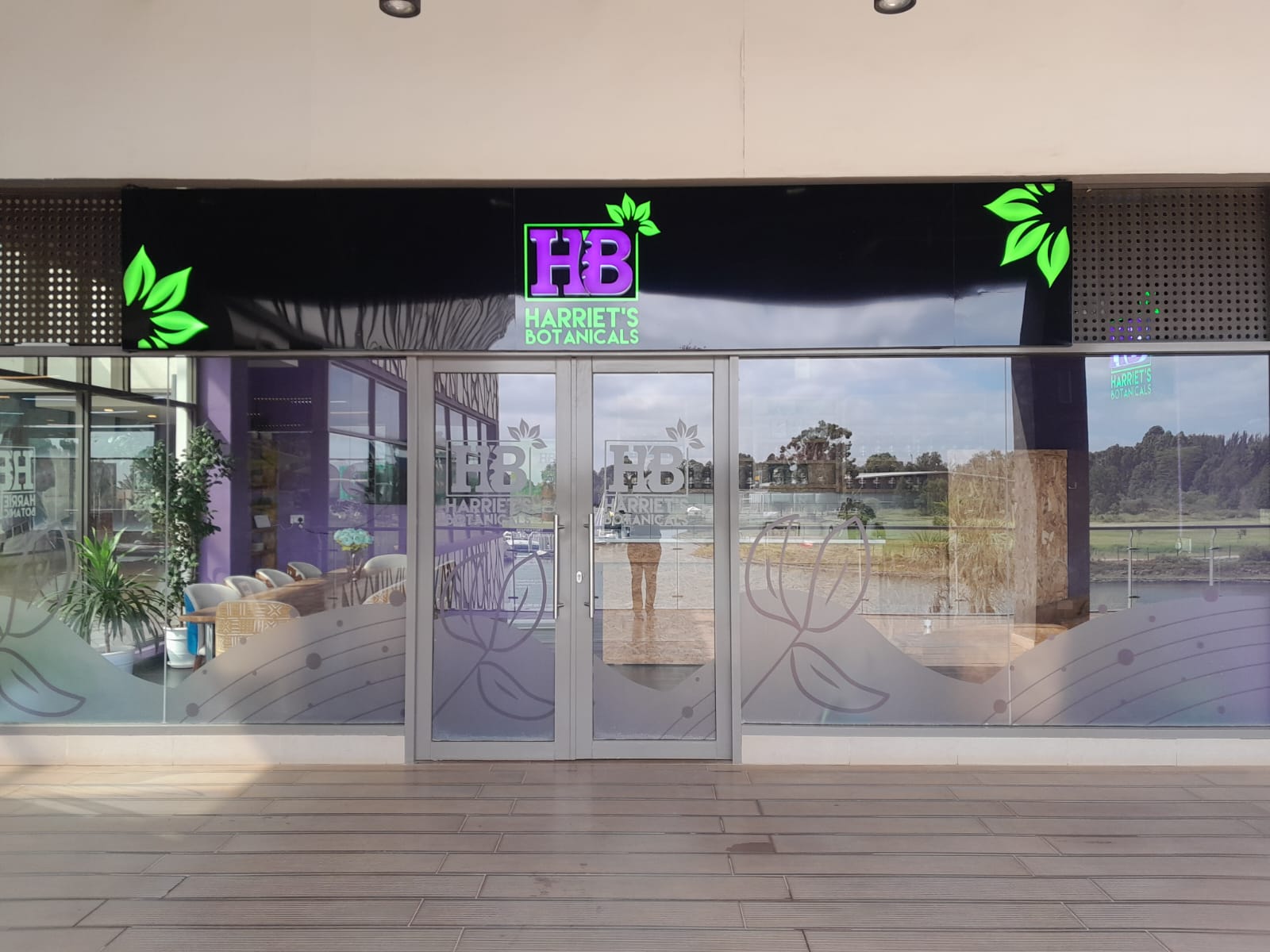Introduction: Branding in a Changing Market
Branding in Kenya has evolved far beyond a catchy logo and a painted signboard. In 2025, your brand is your business’s personality, reputation, and promise — and in a fast-changing market, staying ahead of the trends is not optional.
From Nairobi’s bustling business districts to Mombasa’s tourism hubs, companies are rethinking how they present themselves to stand out in an increasingly digital, sustainability-conscious, and experience-driven world. Whether you’re a retail store, a hotel, a manufacturing firm, or a service provider, these trends will shape how your customers see, remember, and choose your business in 2025 and beyond.
In this article, we’ll break down five key branding trends every Kenyan business should know — and how to apply them to signage, visual identity, and marketing strategies.
1. Personalised Brand Experiences
In 2025, Kenyan consumers expect brands to know them, understand them, and speak directly to them. Personalisation is no longer just a nice touch — it’s a competitive advantage.
Why It Matters:
-
Customers engage more with brands that feel tailored to them.
-
Personalisation increases brand loyalty and repeat business.
-
In a crowded market, customised experiences help you stand out.
How This Applies to Signage:
-
Dynamic Digital Displays: Imagine a café in Nairobi with an LED menu that changes throughout the day — displaying breakfast offers in the morning, lunch deals at midday, and coffee discounts in the evening.
-
Local Language Integration: A Kisumu retail store could integrate Luo greetings into their welcome signage to connect culturally with customers.
-
Geo-Targeted Promotions: Using QR codes on outdoor signs to lead customers to promotions based on their location.
Pro Tip: Your signage should feel like it’s talking to your customer, not at them.
2. Interactive and Dynamic Signage
Static signs are giving way to signage that moves, changes, and interacts with customers. In Kenya, where mobile phone usage is among the highest in Africa, integrating digital and interactive elements into branding is a smart move.
Emerging Technologies in Kenyan Signage:
-
LED and Digital Boards – For businesses in high-traffic areas like Westlands or CBD.
-
QR Code-Enabled Signage – Let customers scan for discounts, menus, or event details.
-
Augmented Reality (AR) Displays – Perfect for malls and experiential marketing campaigns.
-
Social Media Feeds on Screens – Showcase real-time customer reviews or Instagram posts.
Case Example:
A gym in Karen installed a digital LED board that displayed daily class schedules, trainer profiles, and special offers — foot traffic increased by 18% in three months.
3. Sustainability and Eco-Conscious Materials
Kenyan consumers — especially younger generations — are increasingly aware of environmental impact. They prefer to support brands that demonstrate eco-consciousness.
Eco-Friendly Branding in Action:
-
Recycled Aluminium and Wood: Durable, premium-looking, and sustainable.
-
Solar-Powered LED Signs: Cut electricity costs while going green.
-
Low-VOC Paints and Inks: Reduce harmful emissions in production.
-
Biodegradable Printing Materials: Great for temporary event signage.
Why This Works in Kenya:
-
Aligns with global sustainability goals and local environmental initiatives.
-
Enhances brand image and credibility.
-
Reduces long-term operational costs.
Pro Tip: Add a small eco-label or “Made with Recycled Materials” badge to your signage — it can subtly boost customer trust.
4. Minimalist Design with Bold Typography
Minimalism is dominating branding trends in 2025. Less clutter means your brand message is clearer, faster, and more memorable — especially important for outdoor signage, where people only have a few seconds to absorb information.
Key Elements of Minimalist Branding:
-
Simple Colour Palettes: Stick to 2–3 main colours.
-
High Contrast: Black on white, or white on dark backgrounds, for maximum readability.
-
Bold, Sans-Serif Fonts: Clean lines that are visible from a distance.
-
Ample White Space: Makes your content breathe and prevents visual overload.
Real-World Example:
A Nairobi law firm rebranded from a busy, multi-coloured logo to a minimalist black-and-gold wordmark with bold serif typography. The new signage not only looked more premium but also resonated better with their corporate clientele.
5. Local Cultural Integration in Brand Identity
Kenya’s diverse cultural heritage offers rich opportunities for creating branding that feels authentic, relatable, and memorable.
How to Integrate Local Culture:
-
Patterns & Textiles: Maasai shukas, Kikoy stripes, Kitenge prints.
-
Languages & Phrases: Kiswahili, Sheng, and regional dialects.
-
Local Icons & Motifs: Wildlife silhouettes, landscapes, or city skylines.
-
Storytelling: Weave Kenyan cultural narratives into brand messaging.
Example:
A boutique hotel in Malindi incorporated Swahili calligraphy into their outdoor signage and used Lamu-inspired wooden carvings as directional signs. Guests often shared these features on social media, boosting organic visibility.
Conclusion: Staying Ahead of the Curve
The future of branding in Kenya is interactive, sustainable, minimalist, and deeply authentic. Businesses that embrace these trends will be better positioned to capture attention, earn loyalty, and grow in an increasingly competitive market.
At Brandhut, we don’t just design signage — we create brand experiences that connect, inspire, and convert. Whether you want to explore eco-friendly signage, digital displays, or a full cultural brand integration, our team is here to make it happen.




01 Comment
A WordPress Commenter,
06 June, 2025Hi, this is a comment.
To get started with moderating, editing, and deleting comments, please visit the Comments screen in the dashboard.
Commenter avatars come from Gravatar.
Comments are closed.